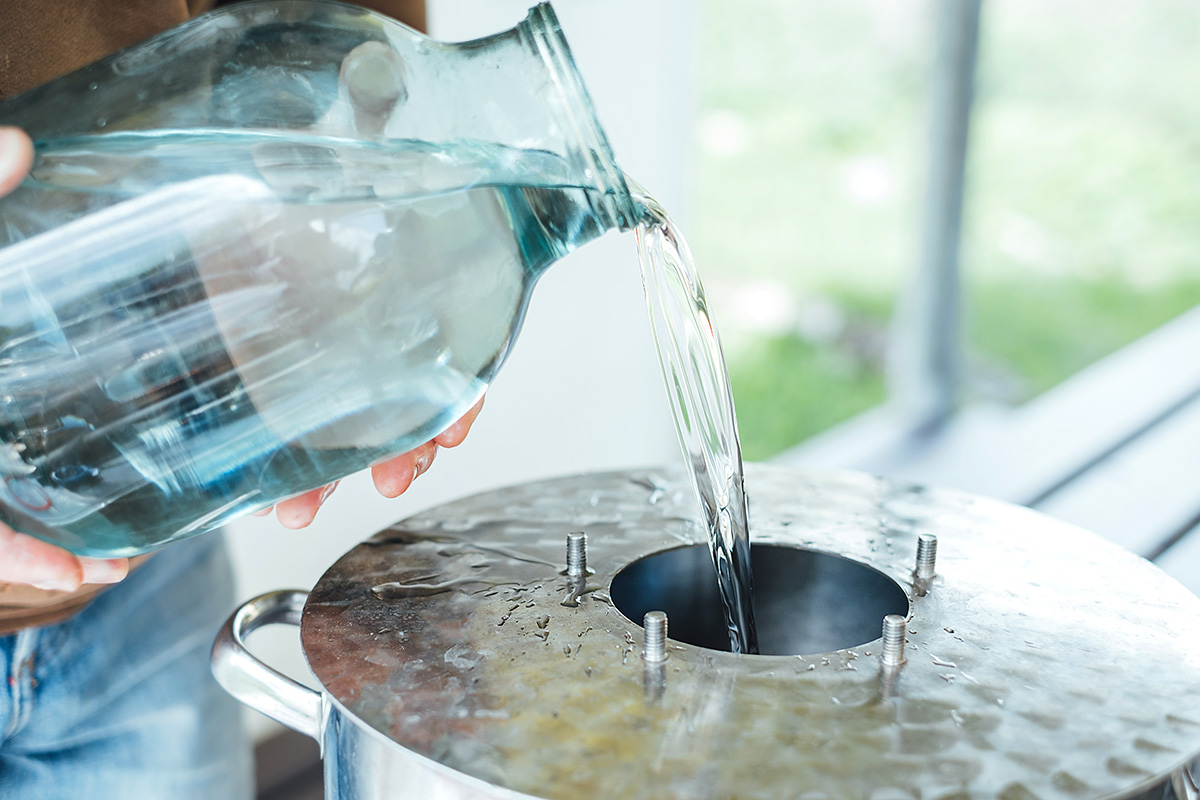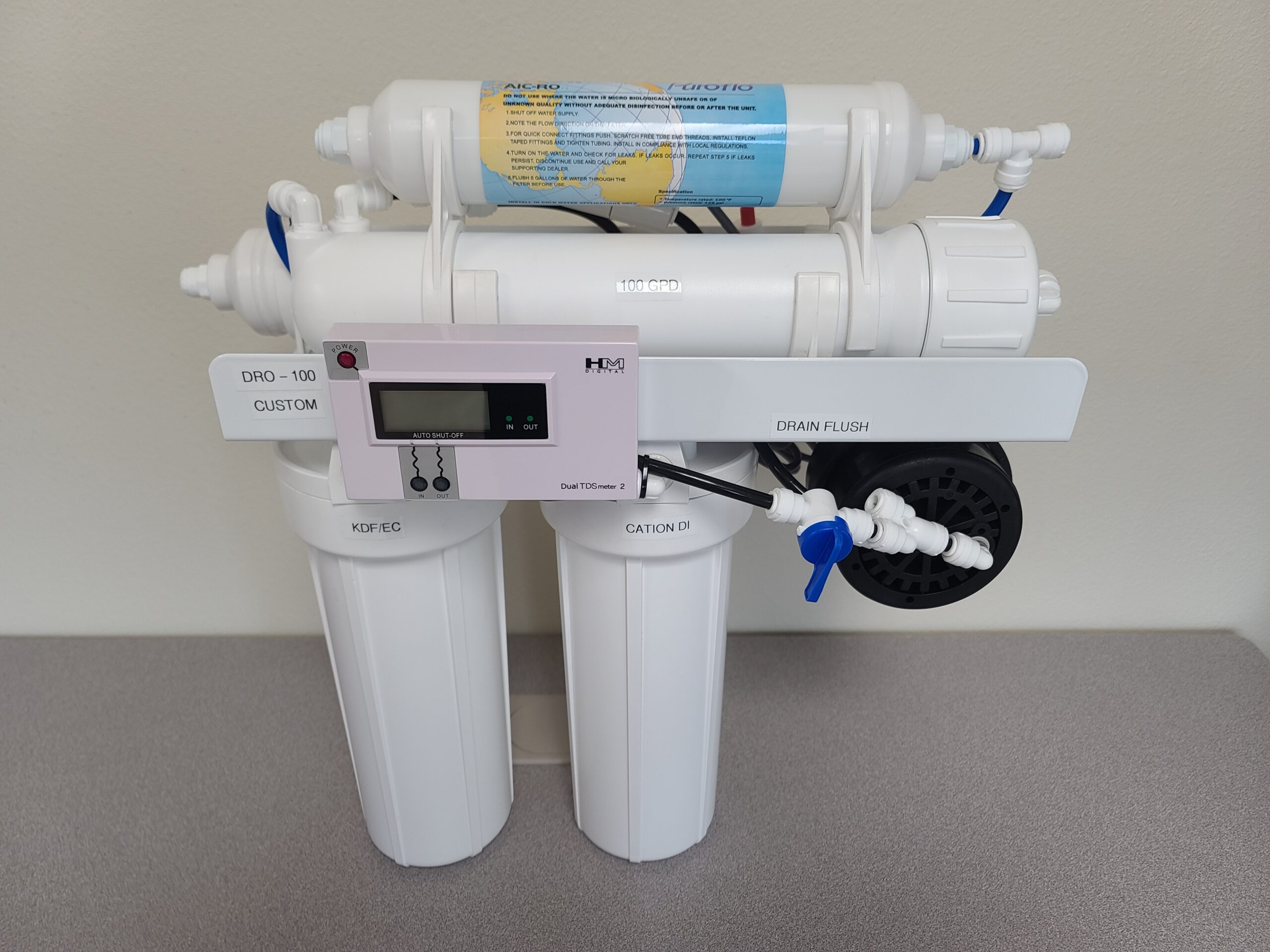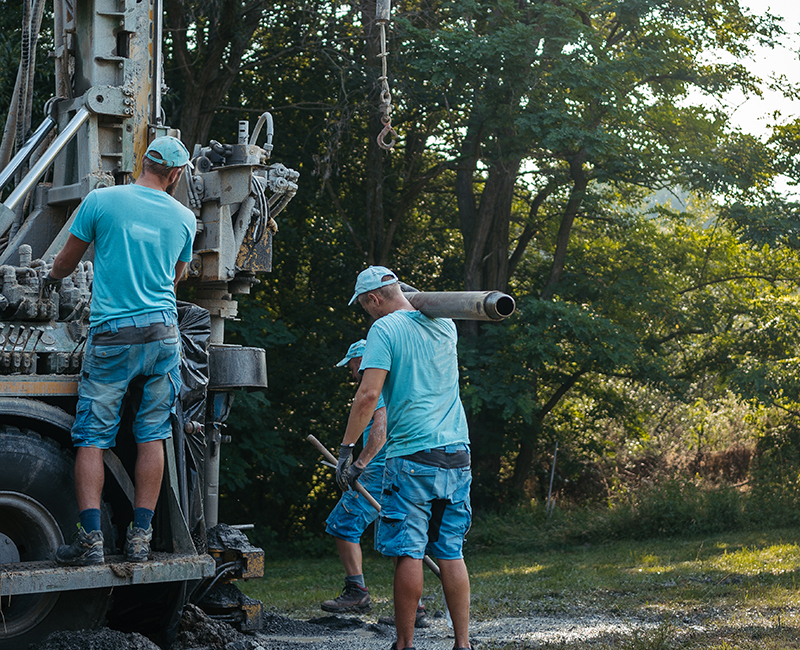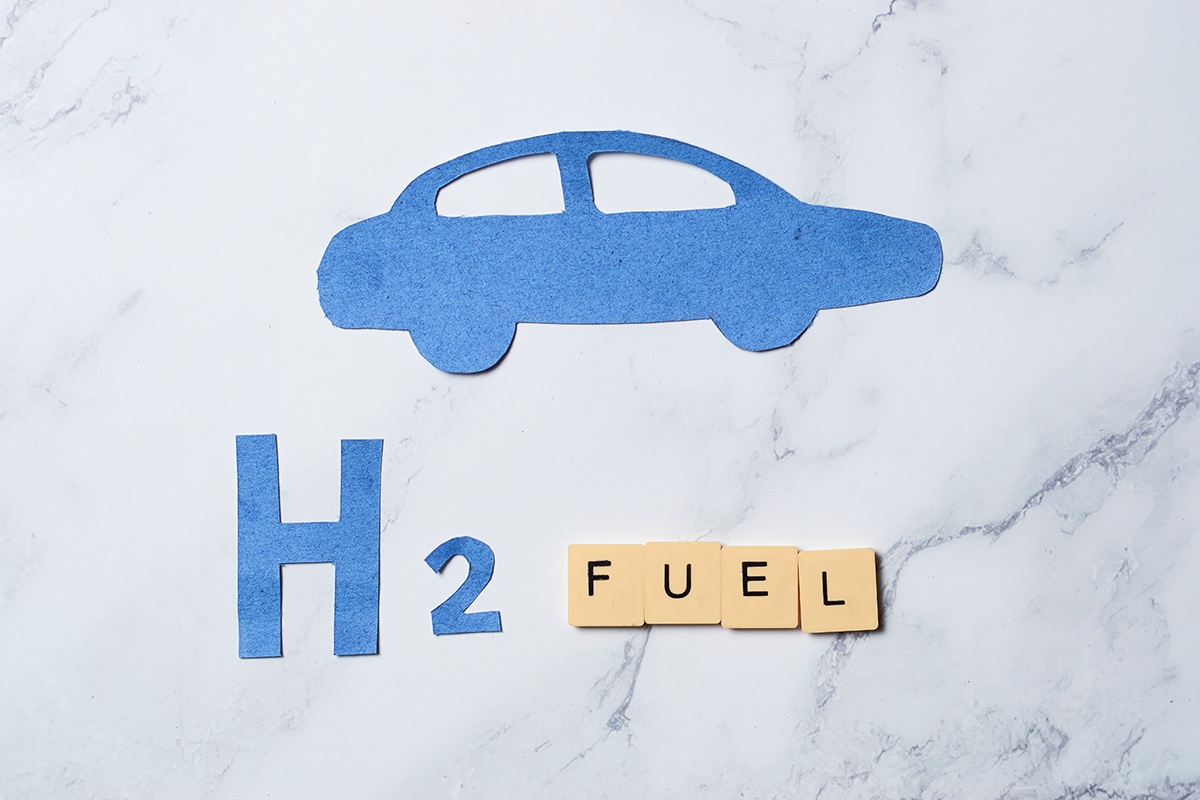How Serious Is The California Water Shortage?
The drought definitely has the attention of all Californians. Although people support the Governor’s urban water reduction plan 3 to 1, many homeowners say it will be difficult for their households to cut back on their own water use. In fact, 89% of Californians think that the California water shortage is serious. The latest multiethnic Field Poll released Tuesday, May 19, 2015, surveyed 1,664 California adults by telephone in 6 languages to assess the public’s views about the state’s ongoing drought.
Nearly all Californians (9 in 10, 89%) believe the current water situation is serious and 67% say the situation is extremely serious. Governor Jerry Brown’s water reduction plan is broadly supported by 2 in 3 Californians (65%), and calls to require urban water districts to reduce their water use by an average of 25% or be subject to a fine. 23% of the state’s adults are opposed, while 12% have no opinion.
Although the public has broad support for the Governor’s plan, more than 44% of the people surveyed said that it would be very difficult for their household to cut back on their water use if asked to do so by their local water district. Among homeowners with annual household incomes of $100,000 or more who, as a group, are the largest per capita residential consumers of the state’s water, this increases to 48%.
70% of homeowners in the state declared that if their local water district were to increase their water bill by 15% or 25%, this could cause them a serious problem. Upper-income homeowners are much less sensitive to rate increases of this magnitude. Regarding water use in the agriculture sector, 6 in 10 Californians believe agricultural users can reduce their water usage without causing real hardships.
California drought has been driving food prices up due to the freeze in January, combined with the unpredictable weather. Farmers said they either have to cut back on crops or just not plant at all and in response, grocers will have to import the produce, which comes at a cost. Limes, for example, used to sell for 33 cents but now they are 70 cents.
So we’re paying over a $150 per box of limes and we’re mainly only able to get those out of Mexico right now because we have nothing really here in California.Carol Benevidez of Windmill Farms, San Ramon
Saving Water Is No Rocket Science, You Too Can Do It!
Our aquifers and reservoirs cannot refill alone in a relatively short period of time without our help. Change starts with each one of us and NOW is a good time to start working on it to provide a better future for the next generation. While some storms during the year leave houses flooded and families searching for Water Damage Restoration San Bernardino services, this overflow of water causes unnecessary damage and does not do anything to mitigate the water shortage as the water is removed and finally ends up unusable. 2014 has been the worst year since the drought has re-taken over California, and, according to a recently issued report by The Journal of the American Geophysical Union, the last 3 years of drought have been the worse experienced in 1,200 years!
There are a number of ways to save water, and they all start with you. Here are 18 tips from the Water Use It Wisely website:
- When you give your pet fresh water, don’t throw the old water down the drain. Use it to water your trees or shrubs.
- Use drip irrigation for shrubs and trees to apply water directly to the roots, where it’s needed.
- Collect water from your roof by installing gutters and downspouts. Use gutter covers from places like https://www.mastershieldatl.com/ to keep the water clean so that you can use it in the home, or direct the runoff to plants and trees. While on the topic of gutters, keep a close eye on the quality of your gutter system. If need be, get it checked by professionals similar to Clean Pro Gutter Cleaning, on a regular basis to avoid any future problems.
- When shopping for a new washing machine, compare resource savings among Energy Star models. Some can save up to 20 gallons of water per load.
- Plant species native to your region.
- Run your washer and dishwasher only when they are full. You can save up to 1,000 gallons a month.
- If you have an evaporative cooler, direct the water drain to plants in your landscape.
- Put food coloring in your toilet tank. If it seeps into the bowl without flushing, there’s a leak.
- If your toilet was installed before 1992, purchasing a WaterSense ® labeled toilet can reduce the amount of water used for each flush.
- When shopping for a new dishwasher, use the Consortium for Energy Efficiency website to compare water use between models.
- Shorten your shower by a minute or two and you’ll save up to 150 gallons per month.
- Avoid recreational water toys that require a constant flow of water.
- Use 2 to 4 inches of organic mulch around plants to reduce evaporation.
- Use a hose nozzle or turn off the water while you wash your car. You’ll save up to 100 gallons every time.
- Make suggestions to your employer or school about ways to save water and money.
- Be a leak detective! Check all hoses, connectors, and faucets regularly for leaks. If you find any leaks, call plumbers in Westwood, or within your vicinity for a repair.
- Cook food in as little water as possible. This also helps it retain more nutrients.
- Don’t forget hidden water use costs, like energy for pumping, heating and cooling, chemical treatment, and damage and sewer expenses.
At Dime Water Inc., our engineers are always prepared to help you choose the right water treatment technology to meet your needs. We can help you save precious water! Contact us at 760.734.5787!
Resources:










